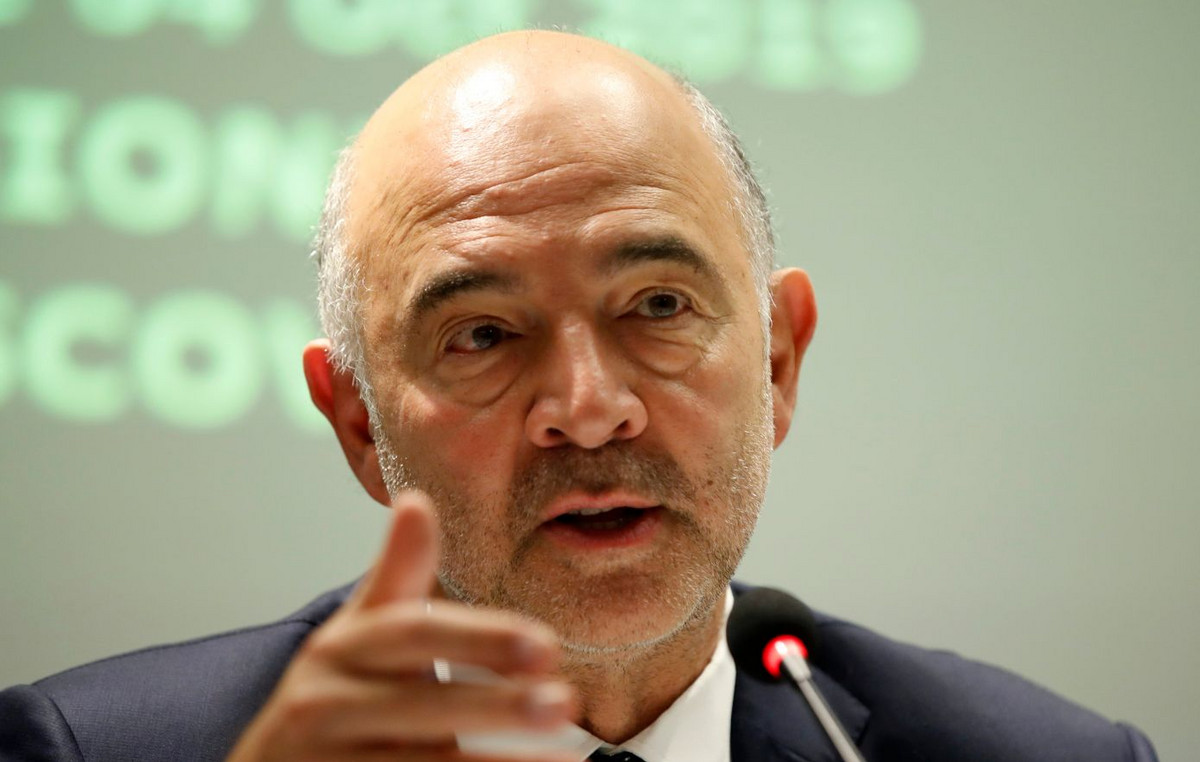- US Nonfarm Payrolls are expected to rise by 170,000 in August, a slowdown from the 187,000 registered in July.
- The NFP and average hourly earnings could influence future Fed policy.
- The unemployment rate in the United States would remain at 3.5% in August.
Traders are lowering expectations that the US Federal Reserve (Fed) will raise interest rates this year, after US job offers fell to levels not seen since early 2021. The data US JOLTS job vacancies revived bets on a Fed rate pause and triggered an extended dollar correction from 12-week highs set last Friday.
Fed Chairman Jerome Powell’s long-awaited speech at the Jackson Hole Symposium last Friday was perceived as hard-line. Powell’s comment hinted at one more rate hike this year, reinforcing the “higher rates for longer” narrative. The DXY Dollar Index rallied strongly after his hawkish speech and tested the key 104.50 level.
Following Powell’s speech, the odds of a Fed rate hike in November jumped to around 57%. This probability has fallen to 40%, in the face of disappointing US employment data, according to data from the CME Group’s FedWatch tool.
What to expect from the next Nonfarm Payrolls report?
Focus is on key US employment data for August due out on Friday. Key employment statistics will confirm whether labor market conditions are easing amid concerns about a possible “hard landing.”
Nonfarm payrolls are expected to show that the US economy added 170,000 jobs in the eighth month of the year, compared with the 187,000 job gain reported in July. The unemployment rate is likely to remain at 3.5% in the reporting period.
Focus will also be on Average Hourly Earnings, a measure of wage inflation, which could have a strong influence on the Fed’s rate path. Average hourly earnings are forecast to rise 4.4% yoy in August, at the same rate as in July. Monthly average hourly earnings will rise 0.3% in August, up from 0.4% growth in July.
ADP reported Wednesday that the US private sector added 177,000 jobs in August, well below the revised total of 371,000 added in July. US GDP growth in the second quarter was revised down to an annual rate of 2.1%, from 2.4% in the preliminary reading.
Analysts at TD Securities noted that “Payrolls likely posted another sub-200,000 increase in August, staying in the vicinity of the June-July increases. The August increase would continue to trend down at the three-month pace, barring “Major revisions. We also expect the unemployment rate to remain unchanged at 3.5%, after its second consecutive decline in July. We also expect wage growth of 0.3% MoM (4.3% YoY).”
When will the August US jobs report be released and how could it affect EUR/USD?
The non-farm payrolls figure, which is part of the US labor market report, will be released at 12:30 GMT on September 1. The EUR/USD pair has been struggling below the 1.0900 level despite the latest disappointing data from the United States. Labor market data holds the key to determining the next direction of the US Dollar against the Euro.
Stronger-than-expected NFP data and good wage inflation data would confirm Fed Chairman Jerome Powell’s hawkish message that another rate hike is on the horizon. The US dollar is likely to strengthen after the strong jobs and wage growth data, which should send the EUR/USD pair back towards the two-month low of 1.0766.
On the other hand, the dollar could extend its fall if the data suggests a relaxation of labor market conditions, reinforcing the expectations of a pause from the Fed for this year. In such a scenario, EUR/USD could bounce further towards 1.1000.
Dhwani Mehta, FXStreet Asian Session Chief Analyst, provides a brief technical outlook for the EUR/USD pair, explaining: “The pair has failed to find acceptance above the 100 horizontal SMA. days at 1.0924 so far this week.The 14-day Relative Strength Index (RSI) is trending down.These technical indicators suggest that EUR/USD remains vulnerable ahead of the US NFP data release. USA.”
Dhwani also outlines important technical levels for trading the EUR/USD pair: “Immediate support awaits at the slightly downtrend 200-day SMA at 1.0816, below which the two-month low of 1.0766 could be threatened. The bottom line A defense for buyers of the pair lies at the round level of 1.0700.On the other hand, strong resistance lies at the 21-day SMA at 1.0896.Euro buyers need to break the latter on a sustained basis to retest the 21-day SMA at 1.0896. key barrier of the SMA 100, while keeping an eye on the August high of 1.1012”.
Source: Fx Street
I am Joshua Winder, a senior-level journalist and editor at World Stock Market. I specialize in covering news related to the stock market and economic trends. With more than 8 years of experience in this field, I have become an expert in financial reporting.







